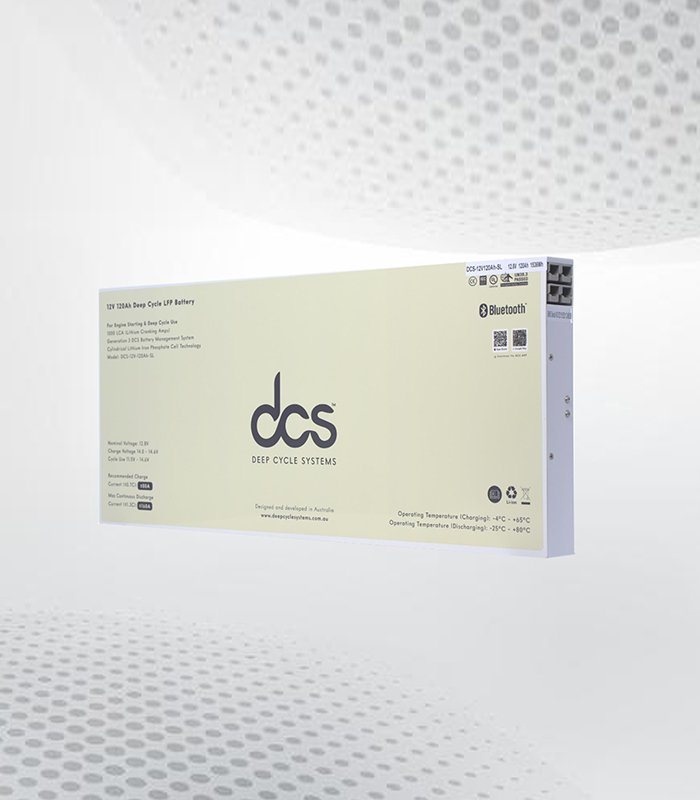
Introduction
In recent years, the jewelry industry has witnessed a revolutionary shift with the advent of lab-grown diamond jewelry. This article aims to delve into the intricacies of lab-grown diamonds, exploring their types, benefits, and impact on the jewelry market.
What are Lab-Grown Diamonds?
Lab-grown diamonds, also known as synthetic diamonds or cultured diamonds, are created through a technological process that replicates the natural diamond-growing environment. These diamonds possess the same chemical composition, physical properties, and brilliance as natural diamonds, but they are ethically and sustainably produced in controlled laboratory conditions. Check out the India’s Finest Lab Grown Diamond Brand.
Relevance and Importance
The emergence of lab-grown diamonds addresses several pressing concerns in the traditional diamond industry, including ethical mining practices, environmental sustainability, and price accessibility. As consumers become more socially and environmentally conscious, the demand for ethically sourced and eco-friendly alternatives to natural diamonds has surged.
Types and Categories
Lab-grown diamonds can be classified into various types based on their production methods, composition, and applications.
Production Methods
- Chemical Vapor Deposition (CVD) Diamonds: Produced by exposing a substrate to a hydrocarbon gas mixture in a controlled environment.
- High Pressure High Temperature (HPHT) Diamonds: Created by subjecting a carbon source to extreme heat and pressure mimicking the conditions found in the Earth’s mantle.
Composition
- Single Crystal Diamonds: Consist of a single crystal structure, similar to natural diamonds.
- Polycrystalline Diamonds: Composed of multiple crystal structures, offering unique optical properties.
Applications
- Jewelry: Used in the production of exquisite diamond jewelry pieces, including rings, earrings, necklaces, and bracelets.
- Industrial: Employed in various industrial applications, such as cutting tools, abrasives, and semiconductor manufacturing.
Symptoms and Signs
Identifying lab-grown diamonds from their natural counterparts can be challenging due to their identical chemical composition and physical characteristics. However, certain signs can help distinguish between the two.
Visual Inspection
- Inclusions: Lab-grown diamonds may exhibit distinct inclusions or growth patterns that differ from natural diamonds.
- Coloration: Some lab-grown diamonds may display unnatural coloration or fluorescence under certain lighting conditions.
Certification
- Grading Reports: Accredited gemological laboratories provide grading reports that certify the authenticity and origin of diamonds, aiding in the identification process.
Causes and Risk Factors
The rising popularity of lab-grown diamonds can be attributed to various factors that drive consumer preferences and industry trends.
Environmental Consciousness
- Sustainability: Lab grown diamond earrings have a significantly lower environmental impact compared to traditional mining practices, reducing carbon emissions and habitat destruction.
- Conflict-Free Sourcing: Consumers prioritize ethical and conflict-free diamond options, leading to a shift towards lab-grown diamonds.
Economic Considerations
- Affordability: Lab-grown diamonds offer a more cost-effective alternative to natural diamonds, making luxury jewelry accessible to a wider audience.
- Market Disruption: The proliferation of lab-grown diamonds has disrupted the traditional diamond market, prompting industry players to adapt to changing consumer preferences.
Diagnosis and Tests
Accurately assessing the authenticity and quality of lab-grown diamonds requires specialized testing methods and equipment.
Spectroscopic Analysis
- UV Fluorescence: Lab-grown diamonds may exhibit unique fluorescence patterns under ultraviolet light, aiding in their identification.
- Infrared Spectroscopy: Analyzing the infrared absorption spectrum can reveal subtle differences between lab-grown and natural diamonds.
Advanced Imaging Techniques
- Microscopy: High-resolution microscopy techniques can identify characteristic features and growth patterns indicative of lab-grown diamonds.
- X-ray Radiography: X-ray imaging allows for non-destructive inspection of internal structures and inclusions within diamonds.
Treatment Options
While lab-grown diamonds do not require traditional mining processes, they undergo various treatments and enhancements to achieve desired characteristics.
Post-Growth Treatments
- Annealing: Heating the diamonds at high temperatures can improve their color and clarity, enhancing their visual appeal.
- Irradiation: Exposing the diamonds to controlled radiation can alter their coloration, producing vibrant hues.
Coating and Surface Modifications
- Chemical Vapor Deposition (CVD): Applying thin diamond coatings can enhance the durability and scratch resistance of jewelry pieces.
- Polishing and Finishing: Precision polishing techniques impart a flawless finish to lab-grown diamond surfaces, maximizing their brilliance.
Preventive Measures
To ensure the integrity and authenticity of lab-grown diamonds, consumers and industry stakeholders can implement various preventive measures.
Educating Consumers
- Awareness Campaigns: Promoting consumer awareness about Lab grown diamond rings helps them make informed purchasing decisions.
- Transparency Initiatives: Establishing transparent supply chains and certification processes enhances trust and accountability in the industry.
Regulatory Compliance
- Compliance Standards: Adhering to industry regulations and ethical guidelines ensures the responsible production and marketing of lab-grown diamonds.
- Traceability Systems: Implementing traceability systems enables tracking and verification of diamond origins throughout the supply chain.
Personal Stories or Case Studies
Real-life experiences and testimonials offer valuable insights into the adoption and acceptance of lab-grown diamonds among consumers and industry professionals.
Consumer Perspectives
- Affordability and Accessibility: Many consumers opt for lab-grown diamonds due to their affordability and comparable quality to natural diamonds.
- Environmental Consciousness: Eco-conscious consumers prioritize lab-grown diamonds as a sustainable and ethical choice for their jewelry purchases.
Industry Insights
- Market Trends: Jewelry retailers and manufacturers increasingly incorporate lab-grown diamonds into their product offerings to cater to evolving consumer preferences.
- Innovation and Collaboration: Technological advancements and collaborations within the industry drive continuous improvements in lab-grown diamond production and marketing strategies.
Expert Insights
Leading experts and professionals in the field of gemology and jewelry provide valuable perspectives on the significance and future prospects of lab-grown diamonds.
Gemological Experts
- Dr. Susan Miller, GIA: “Lab-grown diamonds represent a paradigm shift in the jewelry industry, offering consumers ethical and sustainable alternatives without compromising on quality.”
- Professor James Smith, IGI: “The advancements in lab-grown diamond technology have transformed the market landscape, presenting new opportunities and challenges for industry stakeholders.”
Jewelry Designers
- Emma Johnson, Artisan Jeweler: “Lab-grown diamonds inspire creativity and innovation in jewelry design, allowing us to explore unconventional styles and concepts.”
- Michael Brown, Luxury Brand Designer: “As consumer preferences evolve, luxury brands must embrace the versatility and allure of lab-grown diamonds to remain competitive in the market.”
Conclusion
In conclusion, lab-grown diamonds represent a groundbreaking innovation in the jewelry industry, offering ethical, sustainable, and affordable alternatives to natural diamonds. With advancements in technology and growing consumer demand, the future of lab-grown diamond jewelry looks bright
RELATED POSTS
View all


